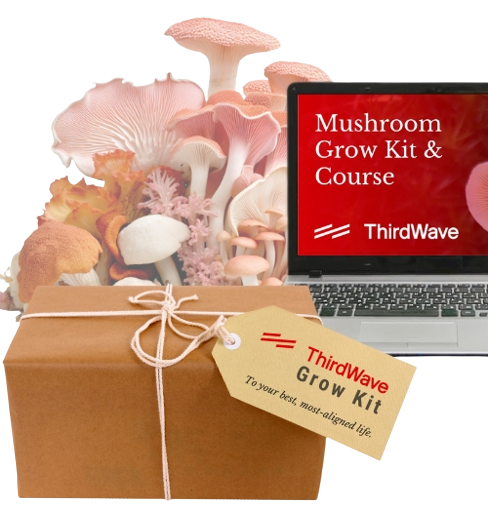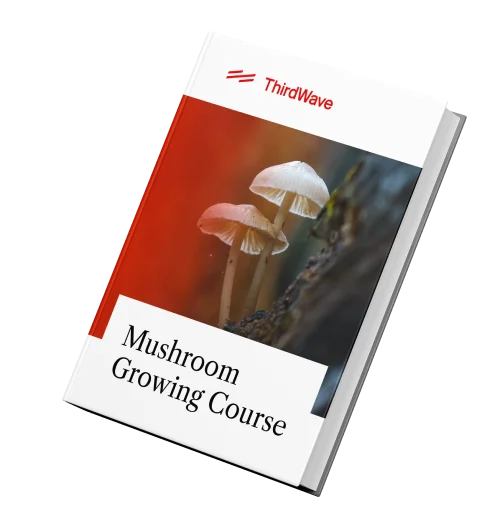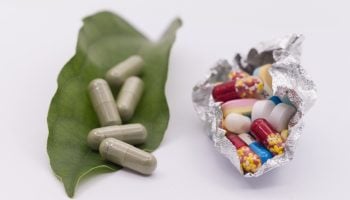Since the inception of Third Wave in 2015, we’ve spoken highly about the potential benefits of microdosing psychedelics, mainly when used with intention and responsibility. Two recent papers published about the use of microdosing help us to understand further the potential benefits and drawbacks of integrating a microdosing protocol into your everyday life.
The first paper, published in the Harm Reduction Journal, recruited 278 participants, mainly from Reddit. Of the total, 26.6% said microdosing improved their mood, which included lowering symptoms of depression; 14.8% said it helped them to focus; 12.9% said it helped working memory, and 11.3% said it improved their self-efficacy.
The same paper, when exploring potential drawbacks, said 18% of participants experienced some physiological discomfort, such as headaches, nausea, and insomnia. Further, 29.5% emphasized that the illegality of psychedelics was a problem for various reasons, including stigma, impure substances, and inaccurate dosing levels.
The second paper, published in the International Journal of Neuropsychopharmacology, notes that out of 1,116 respondents who microdosed, the main reason was for performance enhancement. It also stated that the main reason people stopped was that microdosing did not have the intended effects.
Grow 1 Year's Worth of Microdoses in Just 6 Weeks
Third Wave partnered with top mycologists to create the world’s easiest and best mushroom growing program (kit, course, and expert support).
- Pre-sterilized and sealed
(ready to use out of the box) - Step-by-step video and text course
- Access to growing expert in community
- Make your first harvest in 4-6 weeks
- Average yield is 1 - 4 ounces (28-108g)
- Fits in a drawer or closet
- Enter info for Third Wave discounts:


Grow 1 Year's Worth of Microdoses in Just 6 Weeks
Third Wave partnered with top mycologists to create the world’s easiest and best mushroom growing program (kit, course, and expert support).
- Pre-sterilized and sealed
(ready to use out of the box) - Step-by-step video and text course
- Access to experts in community
- Make your first harvest in 4-6 weeks
- Average yield is 1 - 4 ounces (28-108g)
- Fits in a drawer or closet
- Enter info for Third Wave discounts
Why This Matters
Although this now-available data is interesting, both recently published papers tell us little about the efficacy of microdosing if done with intention, care, and appropriate direction. The most telling sign of this is why most people stopped their microdosing: because it had no effect.
Appropriate calibration is, unfortunately, one of the more challenging aspects of beginning a microdosing protocol. How do you find the dose level that is appropriate for you? How do you ensure it is not too little or too much? To embark on a successful microdosing protocol requires, first and foremost, for the individual to calibrate their dose level appropriately. Each person who microdoses should understand what five micrograms, and ten micrograms, and 20 micrograms, and maybe even 30 micrograms means. Only then can an appropriate decision be made about the “right” dose to use for a microdosing routine.
Instead of focusing on “double-blind placebo-controlled” studies to determine the effects of microdosing psychedelics, researchers will likely find better answers by exploring the impact of microdosing on various biomarkers. For example, exploring the effects of microdosing on gut inflammation may be a promising route of research to understand the potential long-term benefits of microdosing psychedelics.
Immediate research to understand the long-term health risks of microdosing remains paramount. Recent research already proved that microdosing at levels as low as 6.5 micrograms is not a placebo. The only high priority question remaining, then, is what are the potential long-term health consequences if microdosing?
Considering the typical lifestyle of many in Western countries, it goes without saying that taking low doses of psychedelics every now and then is a minor risk compared to most lifestyle habits.
To help you go beyond the basic one-size-fits-all model, Third Wave’s Microdosing Course integrates the feedback of 3,000+ participants and the latest research from cutting-edge scientists and doctors across multiple disciplines to give you an optimal microdosing experience. Can microdosing help you change habits, enhance creativity, and optimize performance? Perhaps it’s time to find out for yourself.





